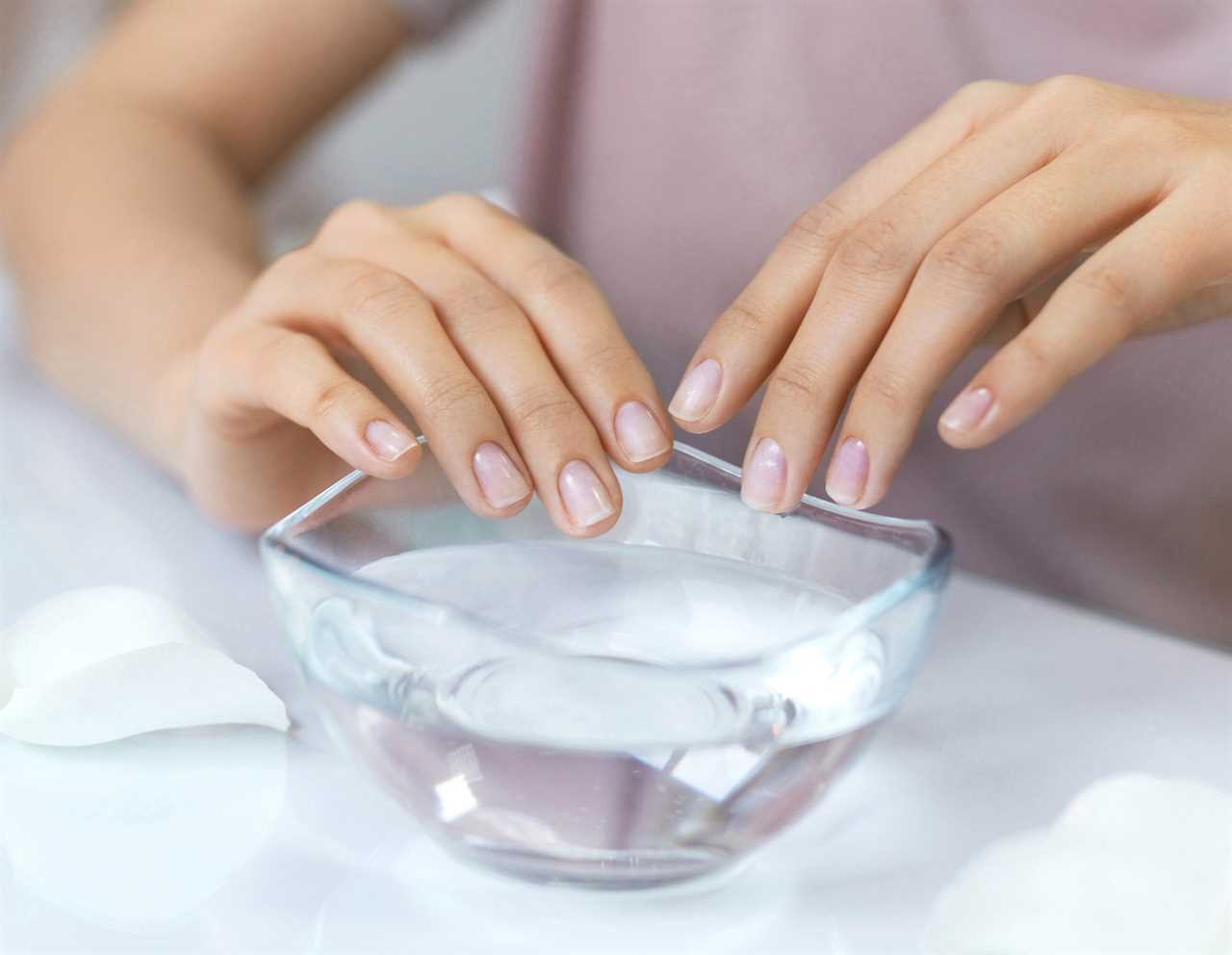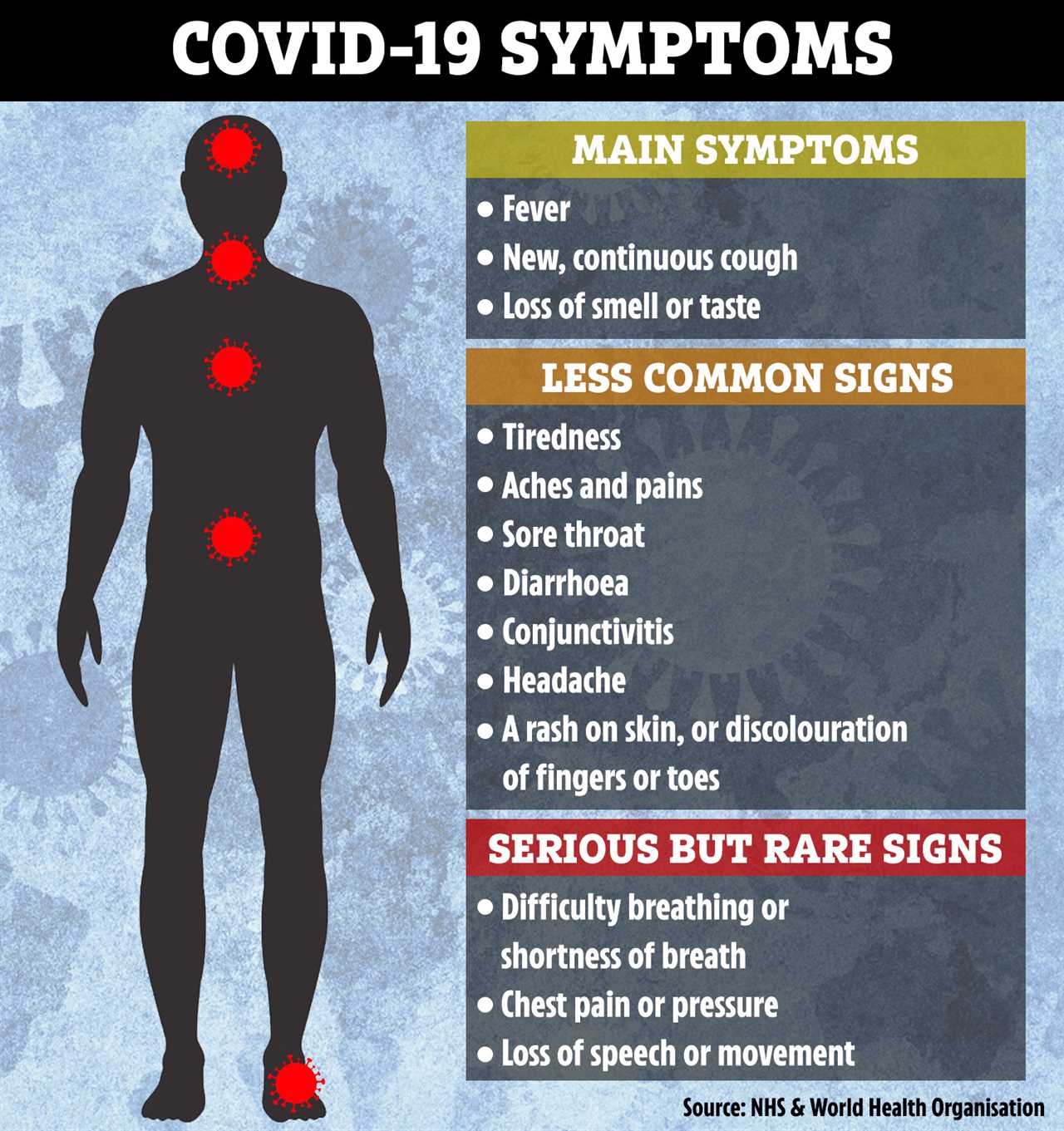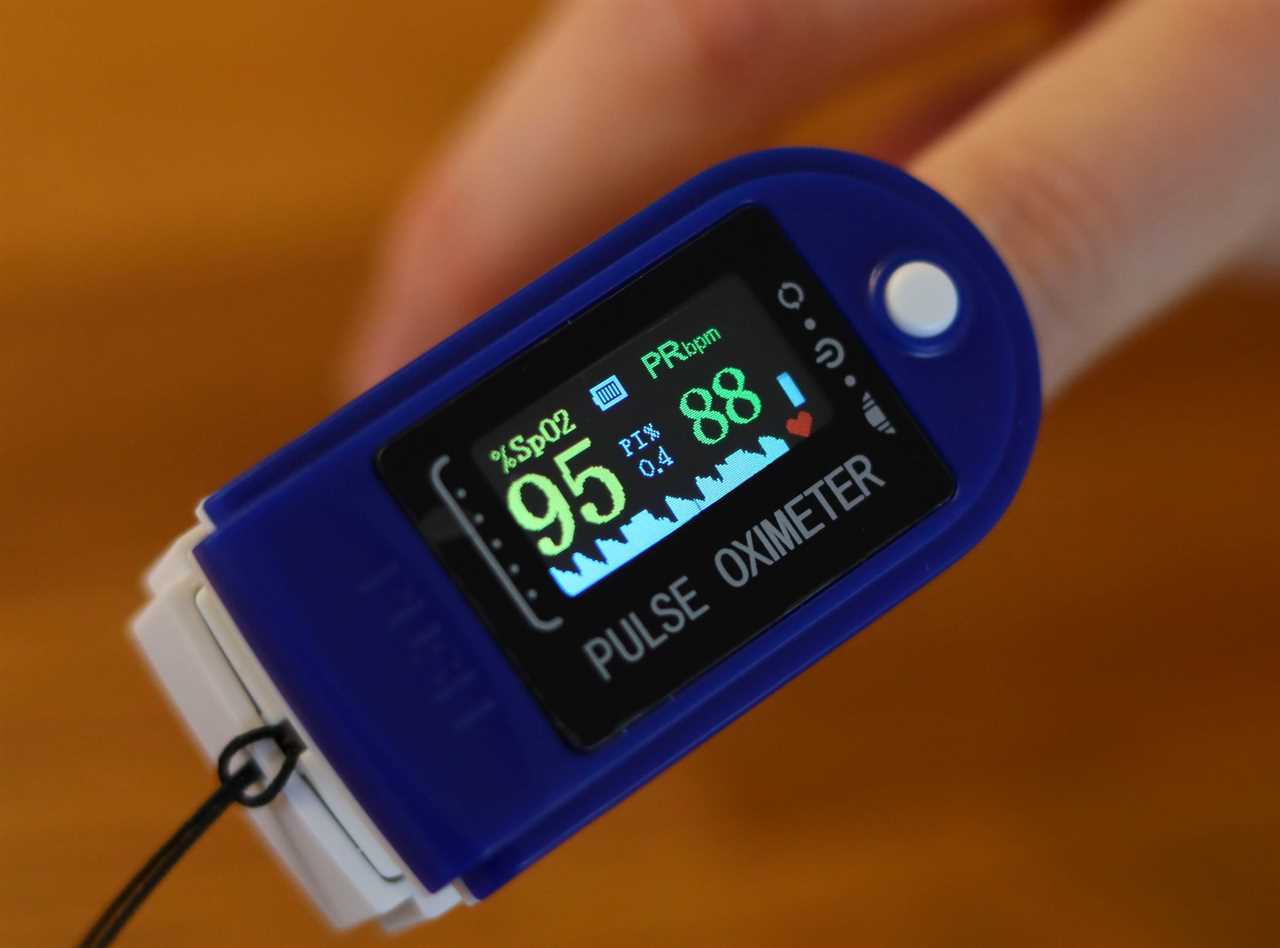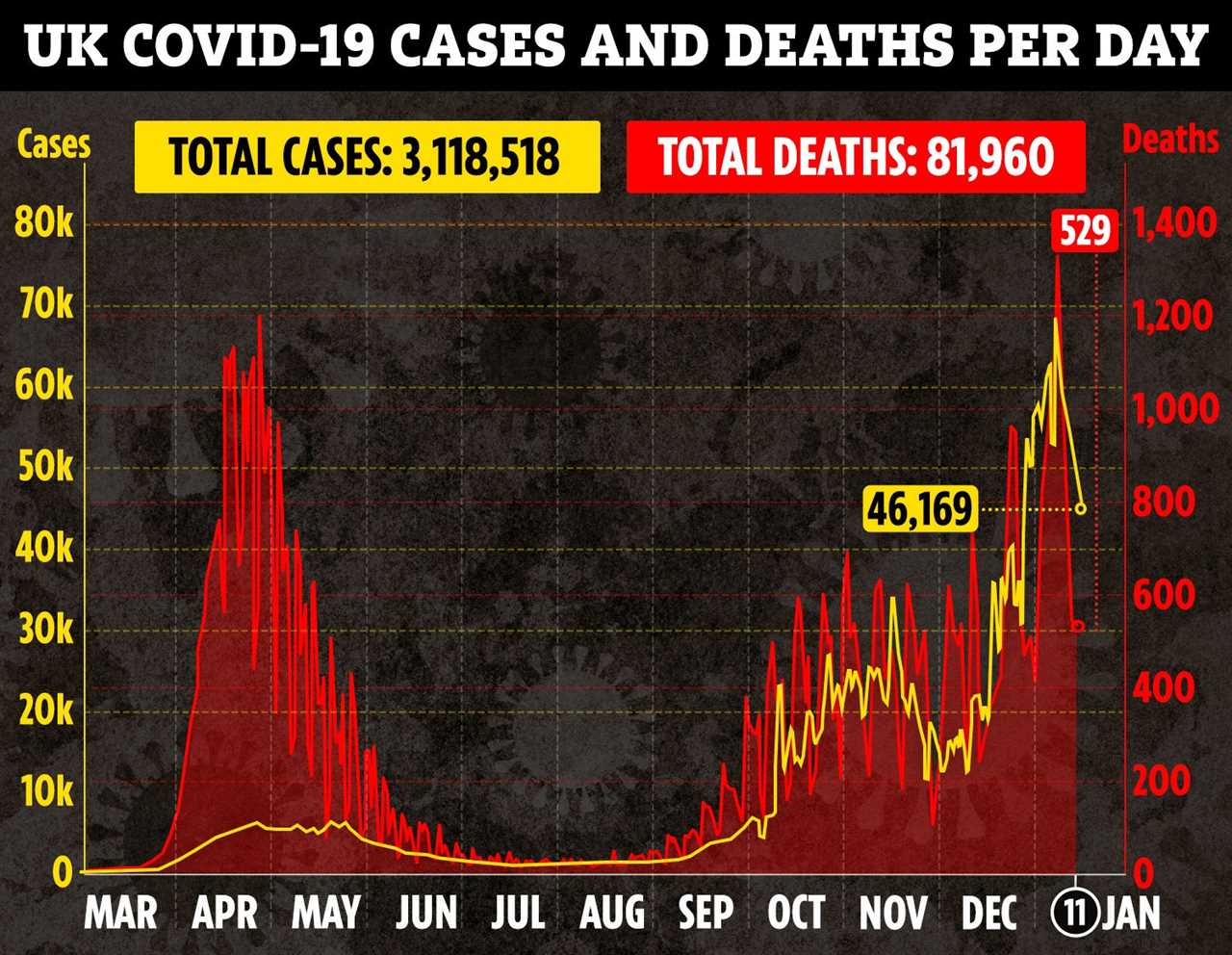AROUND a third of coronavirus patients are asymptomatic which makes it hard for people to know whether or not they actually have the virus.
While we all know the main symptoms outlined by the NHS, experts say your nails and earlobes can be a key indicator in discovering Covid infections.

Your finger nails could be key when it comes to Covid-19
The NHS states that the three main symptoms of the coronavirus are a loss of taste and smell (anosmia), a new persistent cough and a high temperature.
If you have any of these symptoms you should get a test and self-isolate.
Other people who have contracted the coronavirus have however experienced a range of symptoms such as fatigue, headaches and breathlessness.
Covid-19 is a virus that attacks the lungs, which is why some people feel breathless and in some cases, end up on ventilation to help them breathe.
The virus can cause oxygen levels to fall.
Patients with the condition known as “happy hypoxia” will display oxygen levels low enough to cause death or unconsciousness.

Earlier this year patients attending A&E in the UK had been presenting with oxygen percentage levels in the 80s or 70s and some have even had levels below 50 per cent.
A healthy person would have at least 95 per cent oxygen saturation.
The key to finding your oxygen levels can be found in the earlobes and the finger nails.
This is because devices used to monitor these levels have to be clipped to either your earlobe or your finger nails in order to get a reading.
Oximeters can be used to measure these levels and can costs around £20 to £30.
The sensors are painless and shine a light on your nail or earlobe.

Oximeters can be attached to your finger or to your earlobe
This then measures how much oxygen is in your blood.
It measures the total amount your blood can carry and is marked out of 100.
The experts behind the Covid Symptom Study app say that if you have Covid then a medical expert could give you the device to use at home so that you can monitor your blood oxygen levels.
The levels recorded can then help determine whether or not you need to go to the hospital.
The experts state: “Be wary of buying a pulse oximeter online or relying on the oxygen monitoring function of a smartwatch (sometimes known as the SpO2 sensor) as these may not be accurate.
“If it is between 92 and 94 percent, seek advice from your GP or call NHS 111.
“If it remains below 92 percent, visit the nearest Accident & Emergency (A&E) or call 999 for an ambulance. Make sure you tell the medical team that you have or may have Covid-19.”
The experts do warn though that some people might have high levels due to underlying health conditions.
The say that issues such as COPD (chronic obstructive pulmonary disease) or anaemia could cause your levels to fluctuate more than others.
It also states: “Cold temperature and extreme altitude can also reduce the oxygen levels in your blood.
“If you have Chronic Obstructive Pulmonary Disease (COPD), your oxygen saturation target could sometimes be lower- between 88 per cent and 92 cent.
“Find out your target from your latest respiratory clinic letter or seek advice from your GP.”
The experts say there are other ways to look after your health during the coronavirus pandemic.
He said measuring your heart rate and taking your temperature on a regular basis would help you pick up on any ireegularities that might occur from Covid-19.
Dr Peng Yun urged people to also log their health in general, as this can help you spot when something isn’t right with your health and wellbeing.










